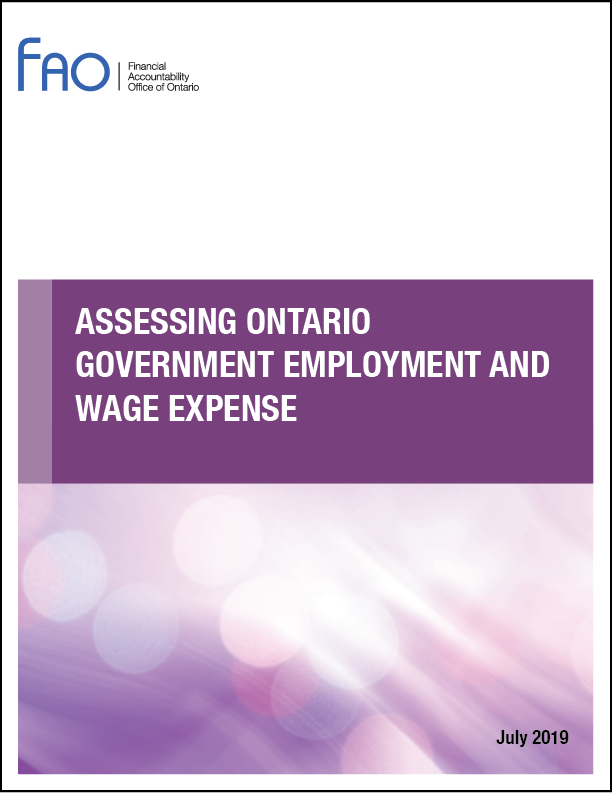Assessing Ontario Government Employment and Wage Expense

In this commentary, the FAO estimates the Ontario government will spend approximately $41.4 billion on salaries and wages of approximately 650,000 people in 2018.
Assessing Ontario Government Employment and Wage Expense, Financial Accountability Office of Ontario, 2018.

